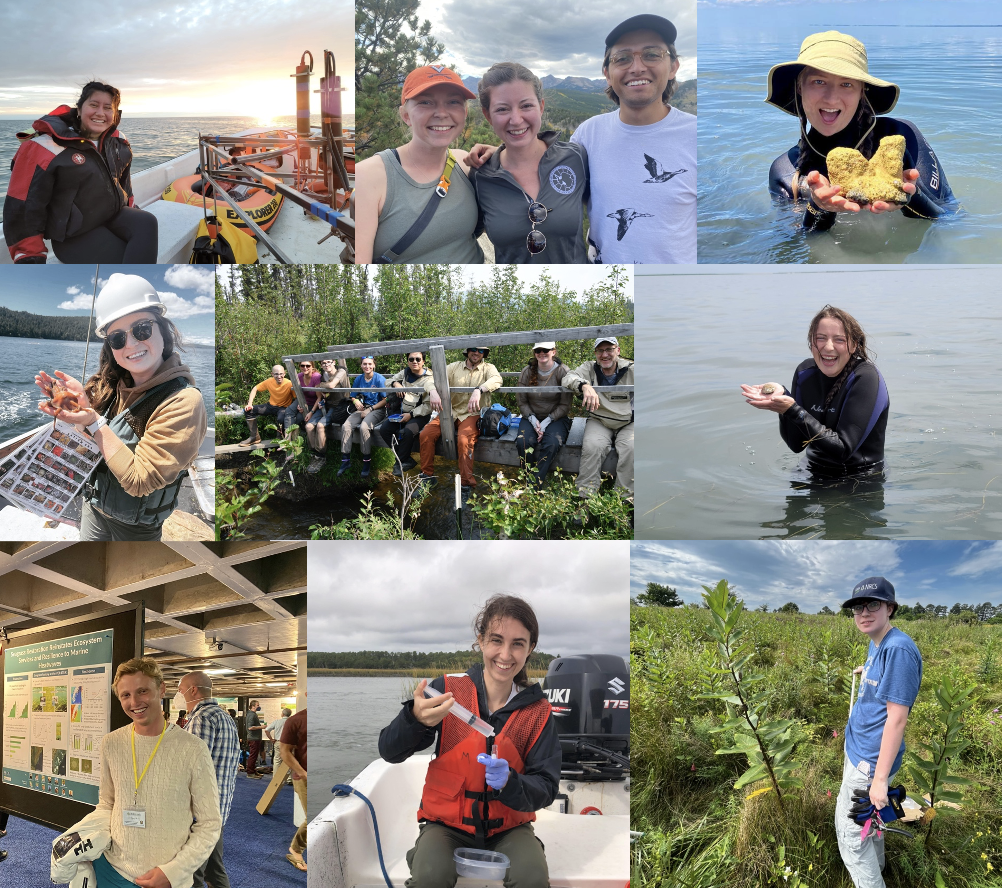EnviroDay 2024

Since 1986, graduate students in the Environmental Sciences Department at the University of Virginia have organized an annual research symposium to showcase the breadth and depth of graduate and undergraduate student research in the environmental sciences. The event brings together students and faculty from various departments on Grounds, including Biology, Chemistry, Engineering, Architecture, Anthropology, and Sociology. It provides a vital opportunity for students to share research, practice presentations, and start new conversations and collaborations.
The 2024 EnviroDay Research Symposium, held on Friday, February 23, will feature a full day of oral and poster presentations in an in-person format followed by our keynote speaker Dr. Anita Marshall.
We are assembling a glossary of discipline-specific terminology to make the event more accessible and inclusive to anyone in the community. Check the “Accessibility” page for more info!
The event is free and open to all!

